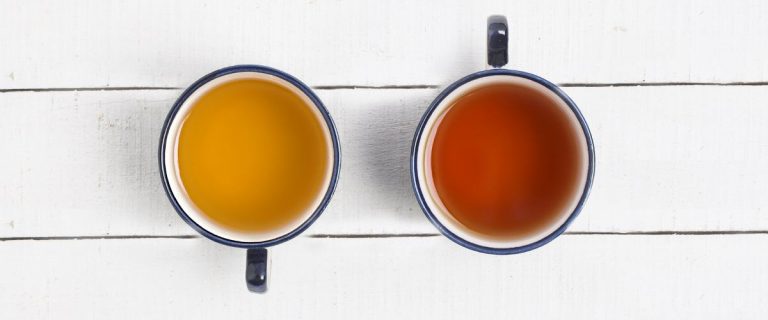Stepping into a tea shop and trying to choose from the countless classifications and types can be an intimidating experience. Learning basic tea terminology can go a long way in deciphering and decoding what the different types of tea are all about.
Understanding and defining flush is a good place to start while exploring the world of premium brews. While teas are classified by types such as green, white, oolong or black, they are also classified according to regions such as India, Ceylon, China or Bangladesh.
Similarly, premium teas are classified by flush or the time of year when the leaves get plucked.
What is a flush?
While some people assume that the actual act of harvesting is called a flush, it is, in fact, the period when the tea plants start growing new leaves to be harvested. The tea leaves can be harvested by hand or machine, determining the type of tea produced.
When the tea plants ‘awaken’ after being dormant during winter, the growing season of the year begins, leading to spring harvest and completing a ‘flush’. While the term varies across tea growing regions, Darjeeling teas are commonly referred to as ‘First Flush’ and ‘Second Flush’.
First Flush
The first growth right after dormancy is called the first flush. Depending on the location, the harvest time varies from late February to mid April, or from early March through mid April.
Also called the Easter Flush or the Spring Flush, this is considered the best flush of the growing season, bringing in high prices from tea connoisseurs. The leaves are picked when they are quite tender along with the new shoots on the tea bushes.
Plucked in a bud-and-two-leaves combination, the pickings of the first flush contain the most antioxidants or catechins, L-theanine stimulant, and also caffeine. This teas shelf life isn’t long. First flush tea is described as a light infusion with delicate tasting, having a pale color with light yellow to red cup color, giving out a flowery aroma. It could be made into black tea, white, or even greenish and peachy tea.
As soon as the first flush ends, the rains pour in, letting the plants soak up the water and entering a brief dormant stage before the next cycle of growth.
A good example of first flush teas can be the Darjeeling First Flush. It’s loved worldwide for its fine flavor and delicate taste.
Second Flush
After the brief dormancy, Second Flush follows, irrespective of whether there has been an ‘in-between’ harvest or not. Between May to June, the tea leaves are picked and are characterized as well-rounded, fruity and mature, flavored tea leaves.
Tea brewed from these leaves is less astringent and more improved than the first flush. The liquid is bright and has a muscatel character, which is perfect to go with raspberry or scones and other delicacies. Its taste is distinctive and slightly on the sweet side.
The Darjeeling Second Flush also makes for a delicious but mild green tea, which is quite different from other varieties.
In conclusion, the main difference between tea flushes is the season in which they are harvested, the way the leaves are processed and most importantly their unique flavor.
Click here for a guide to spring teas, and to summer teas.

Comments are closed.